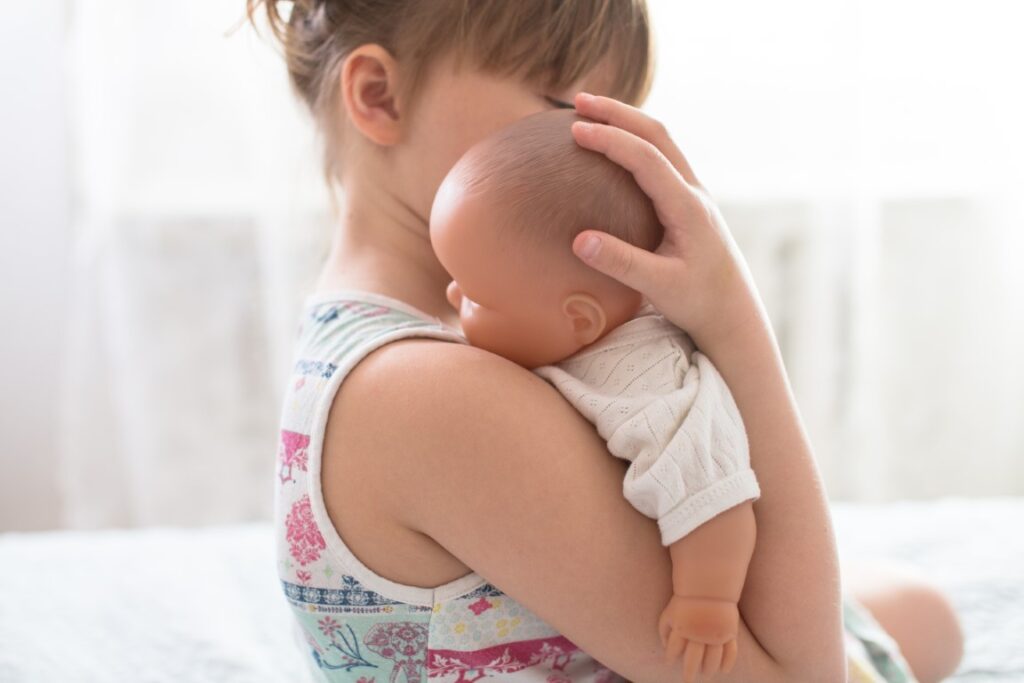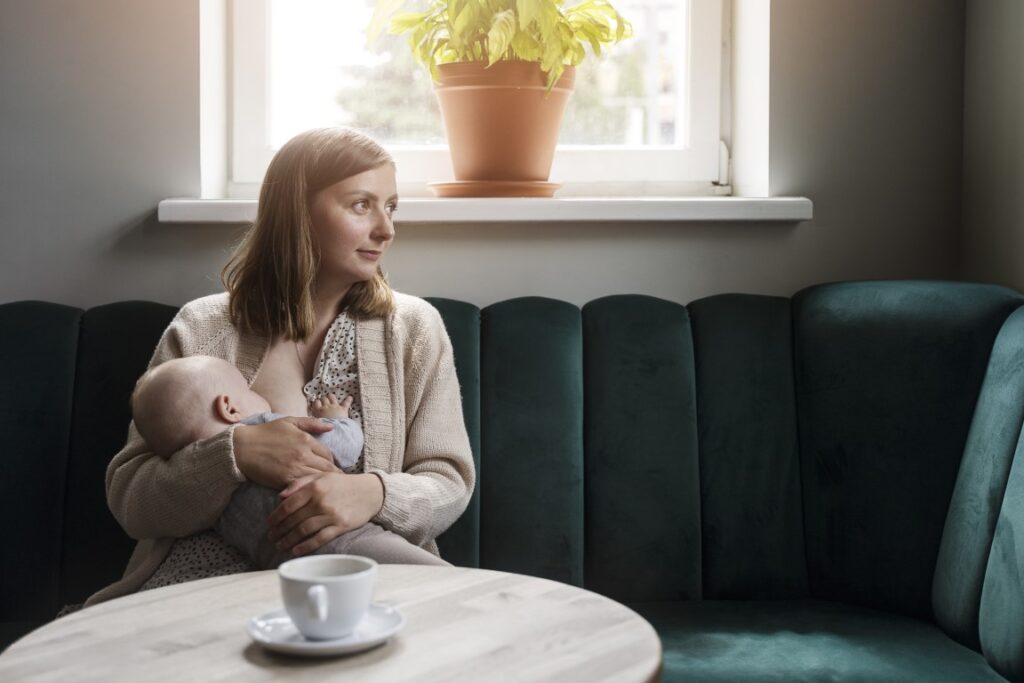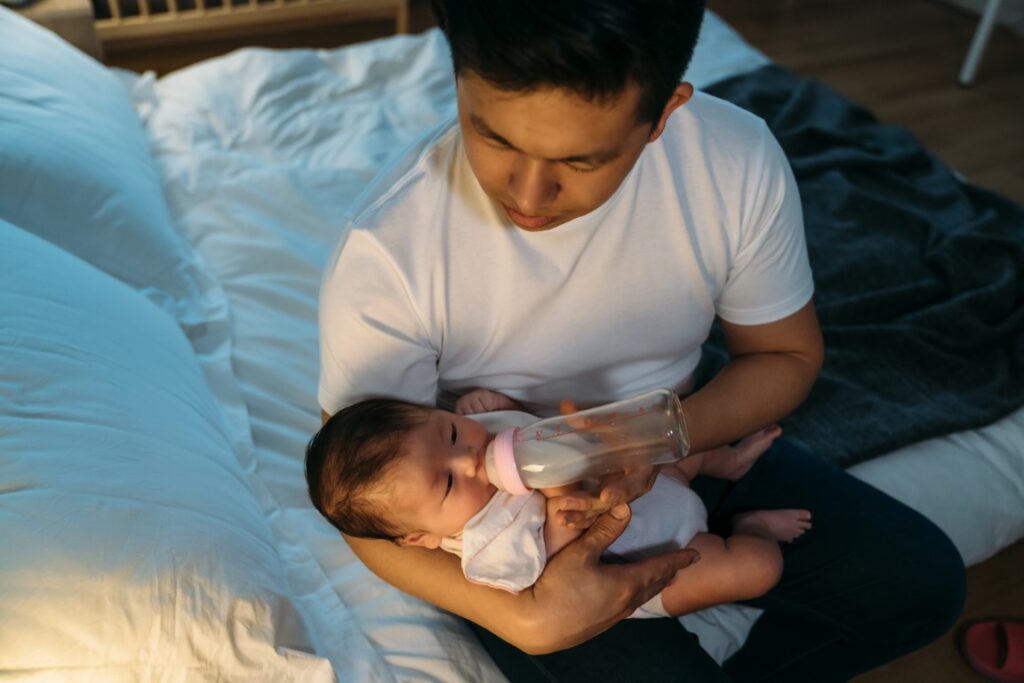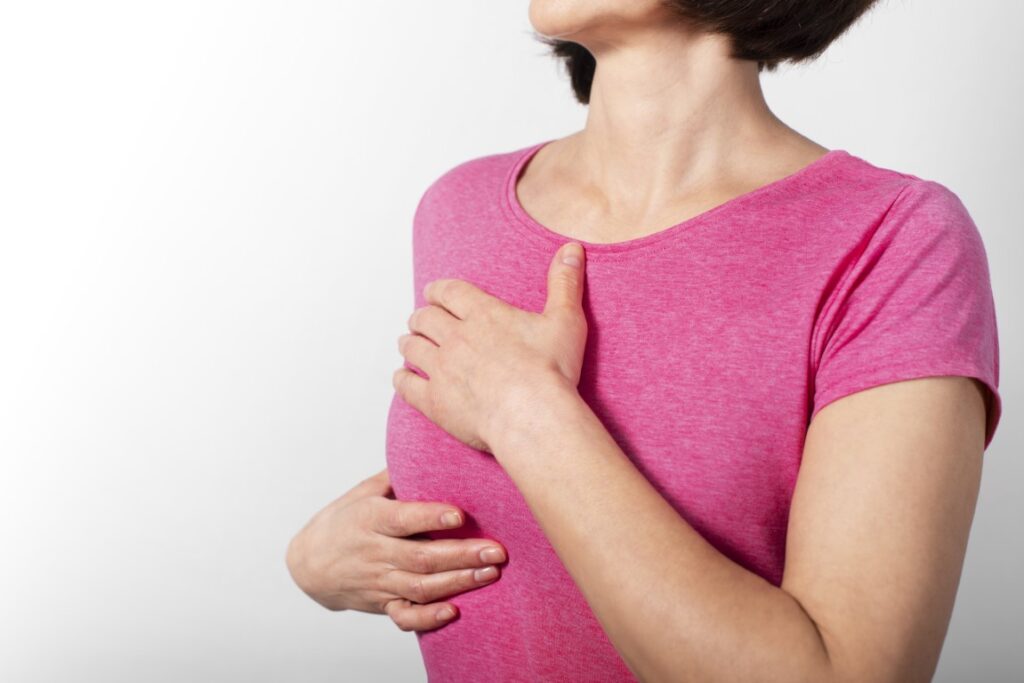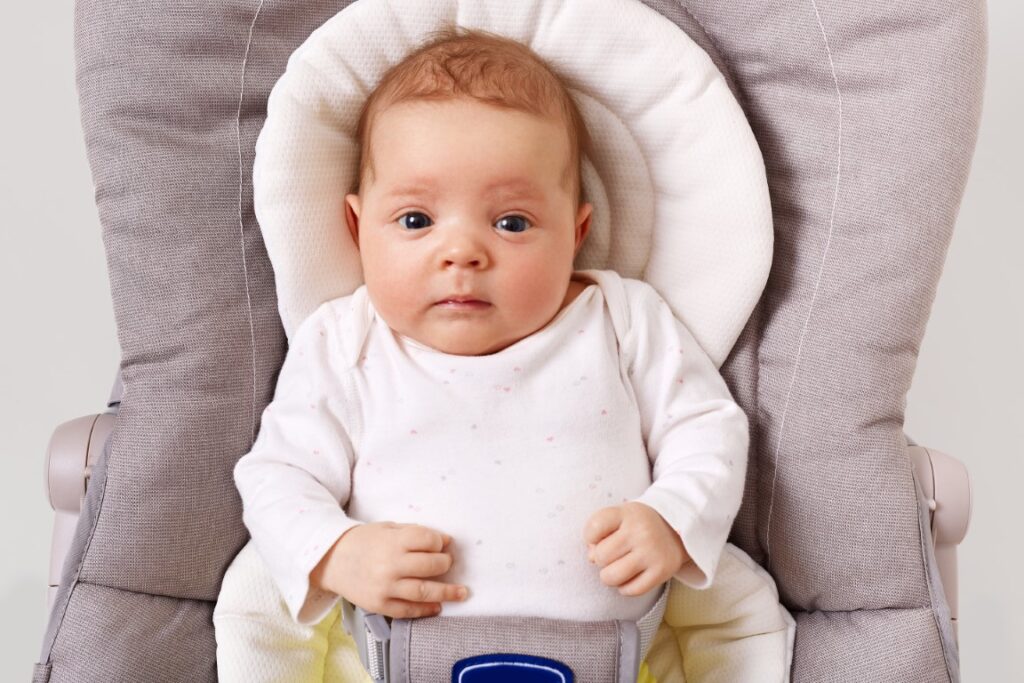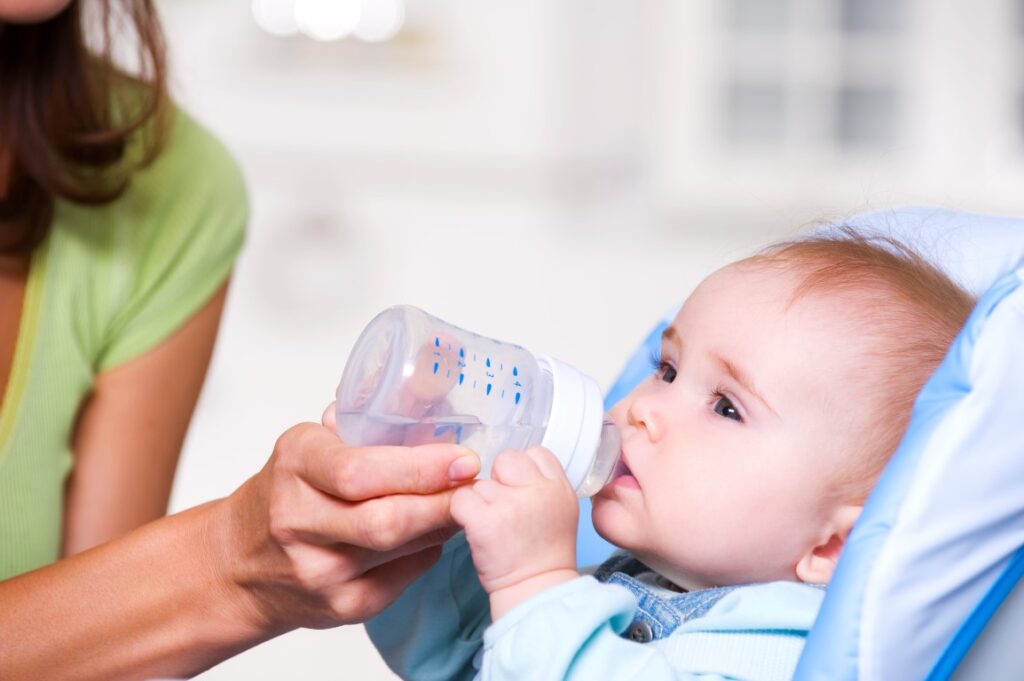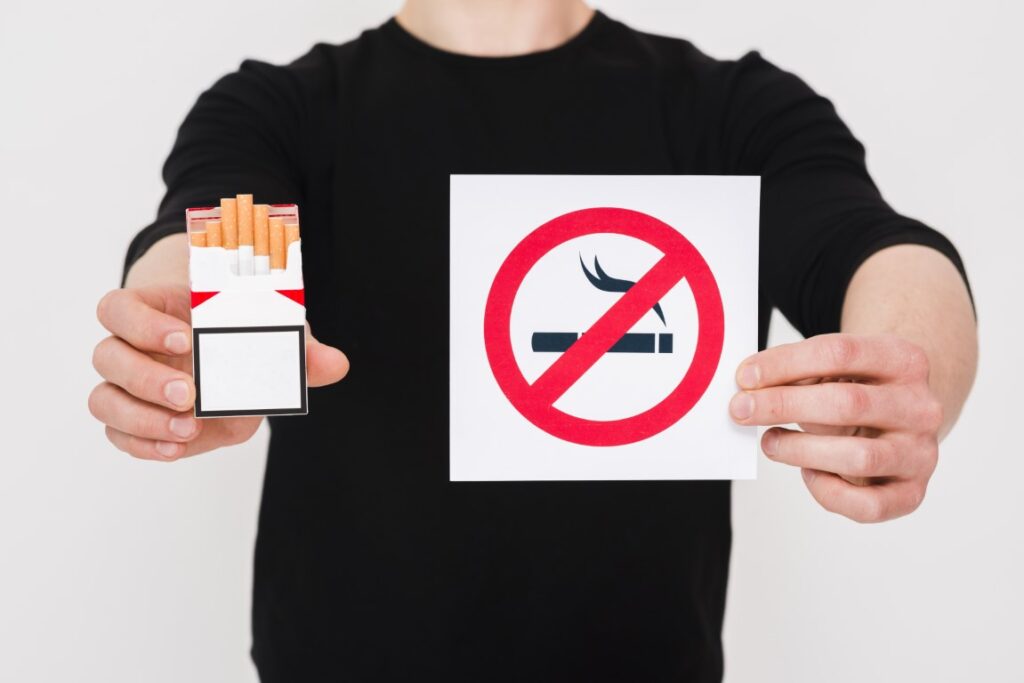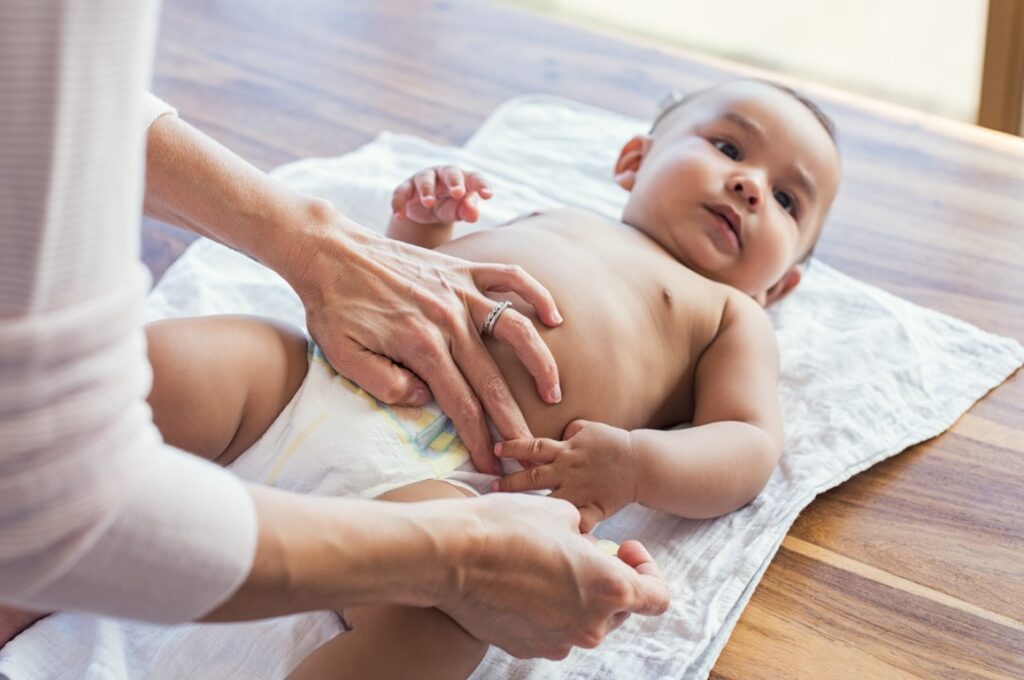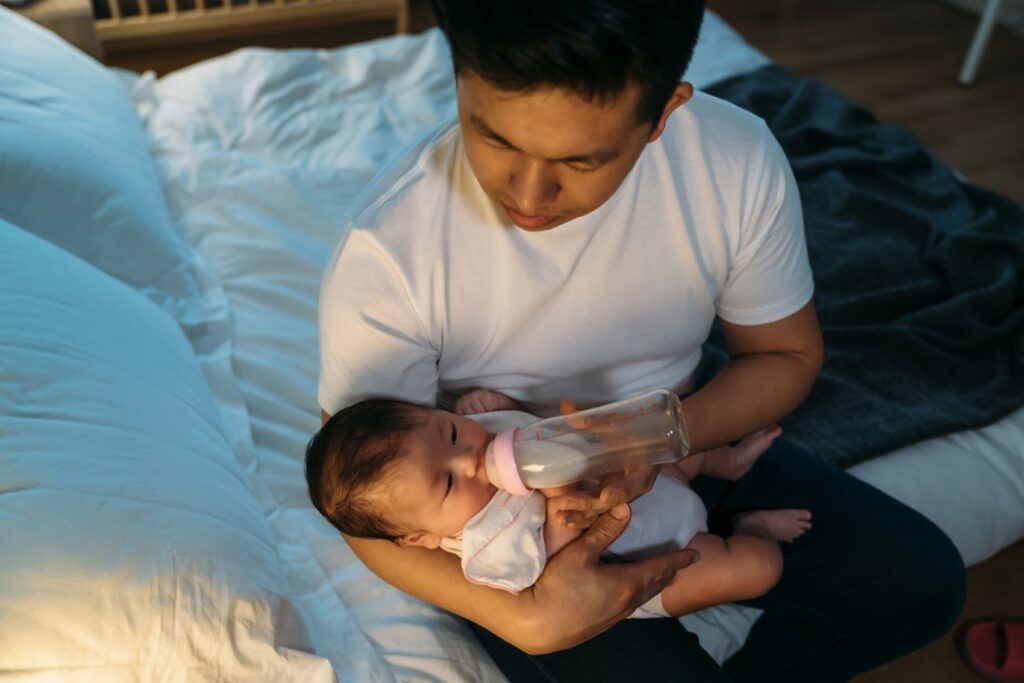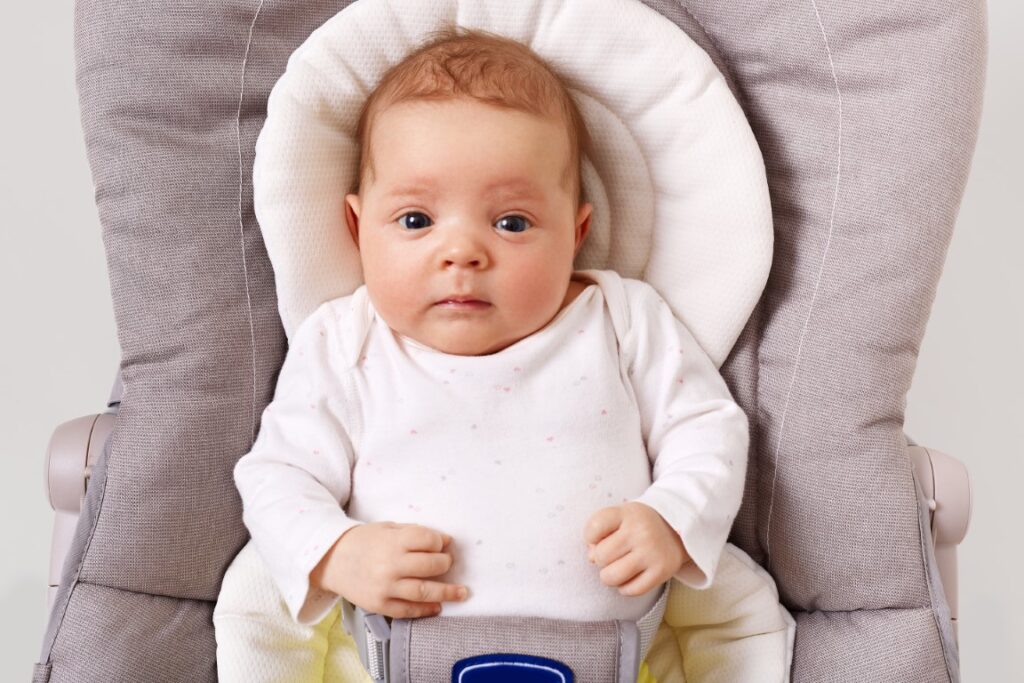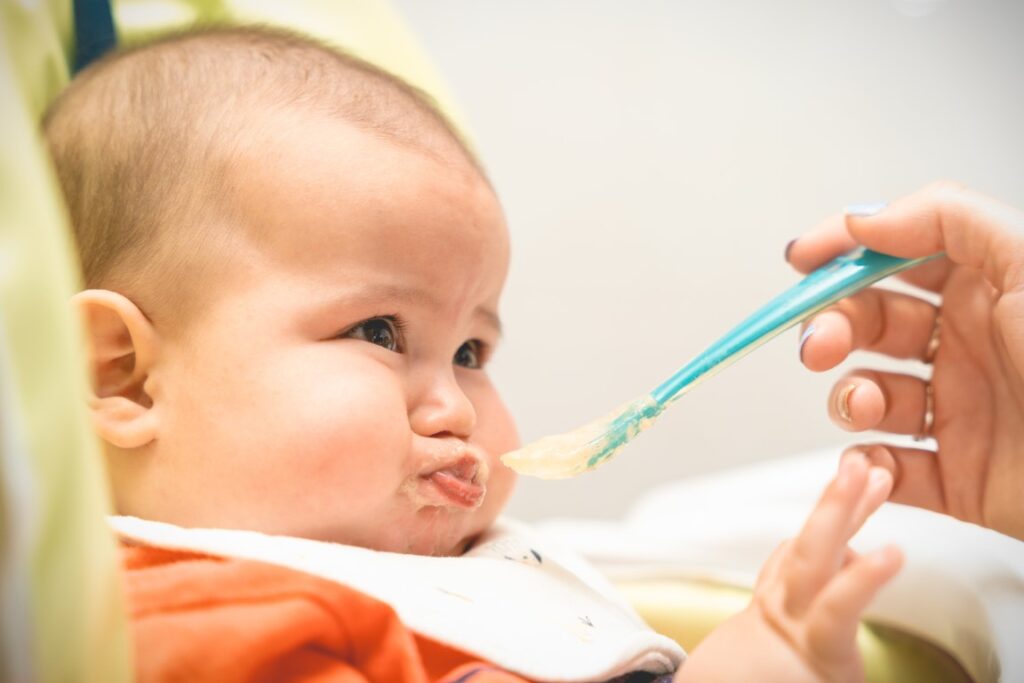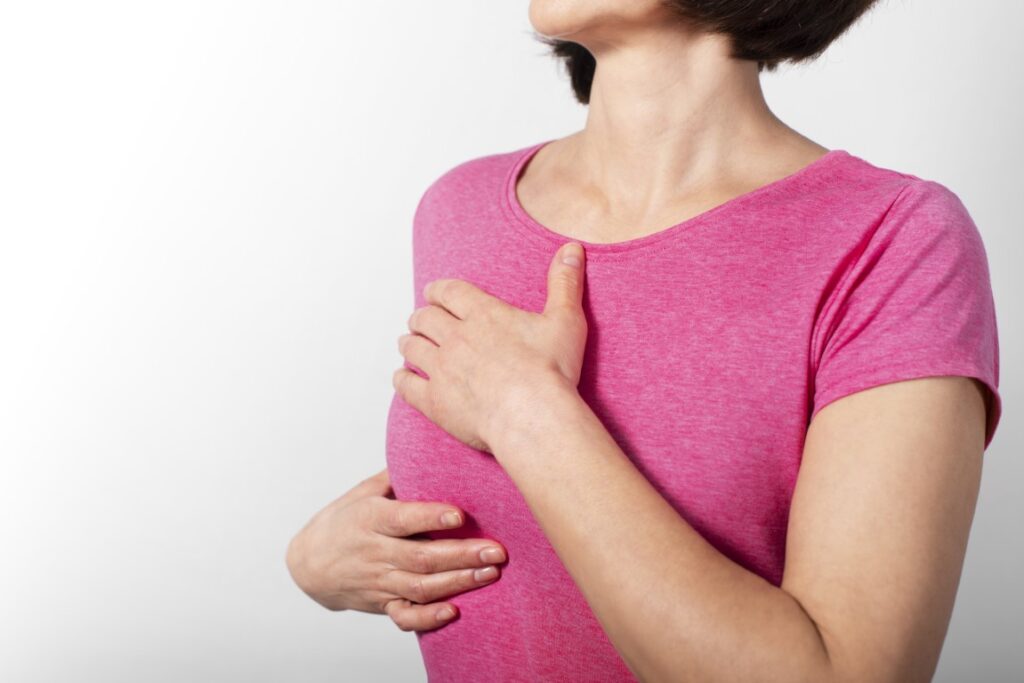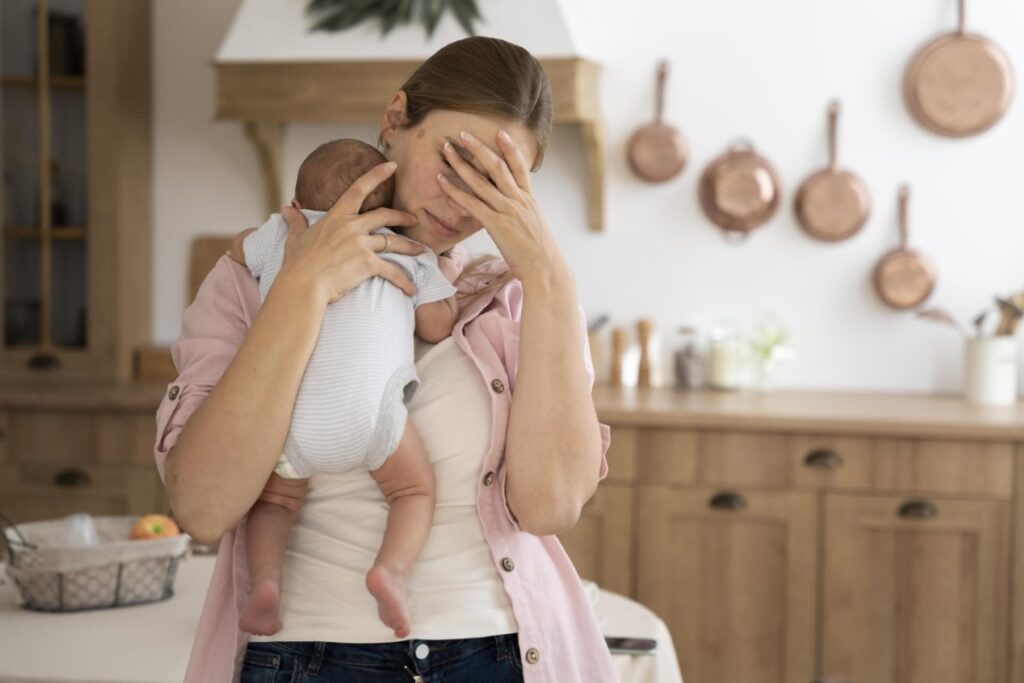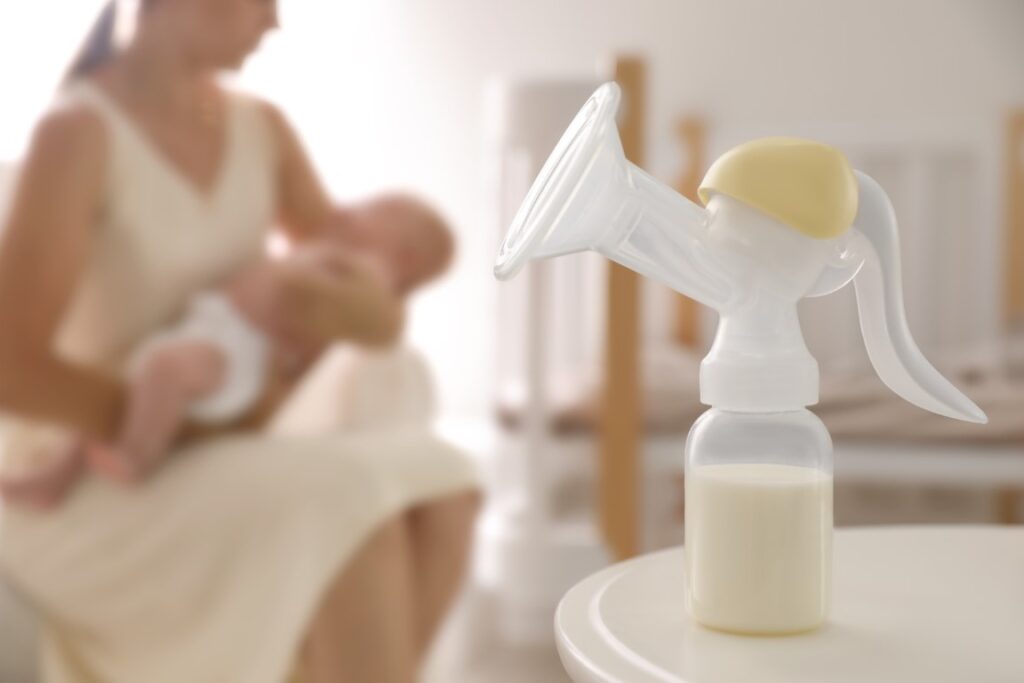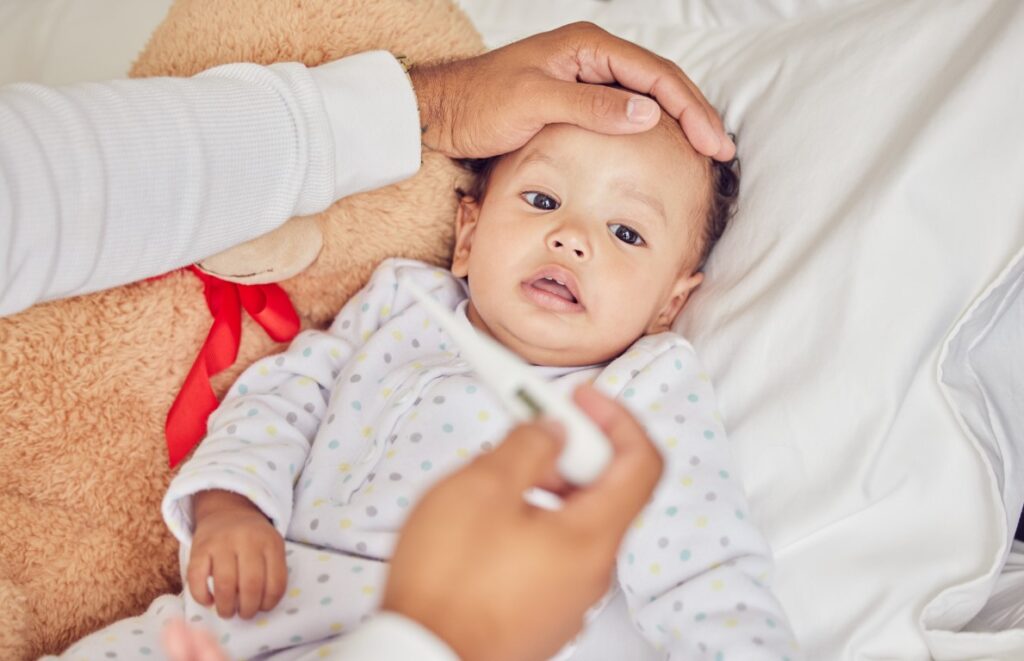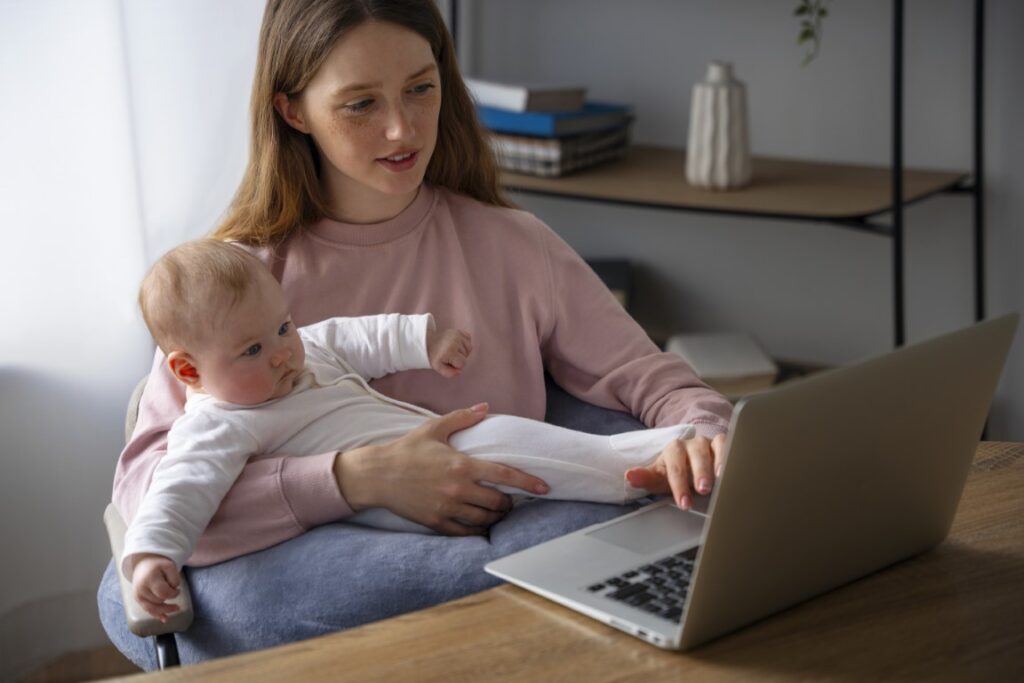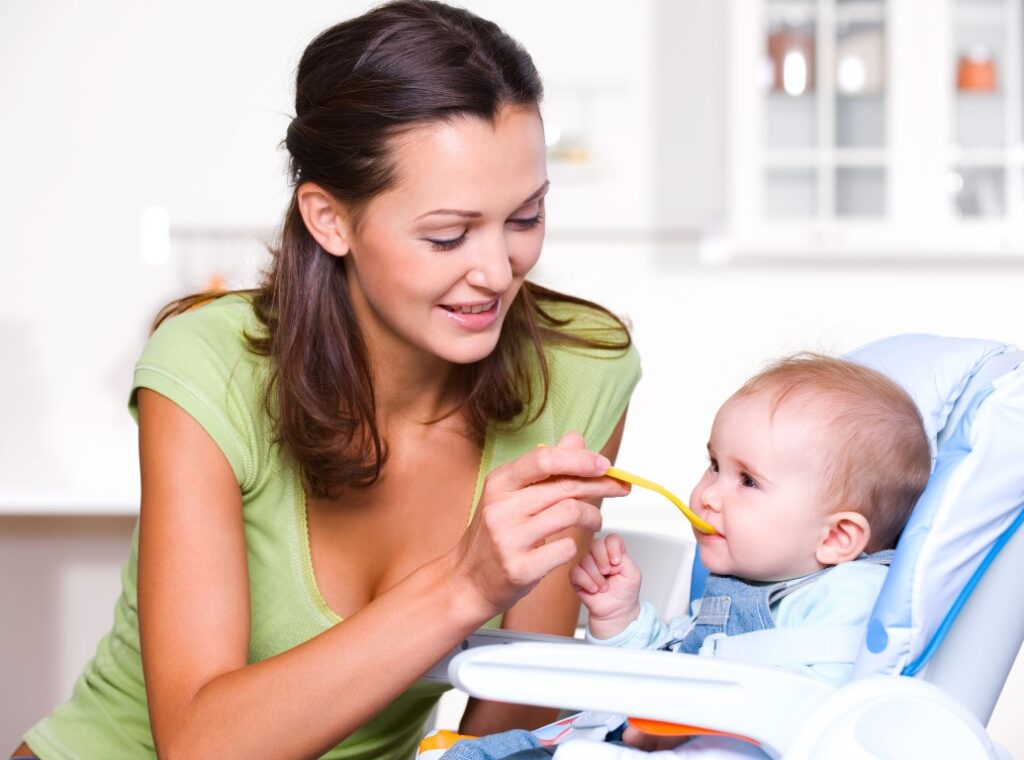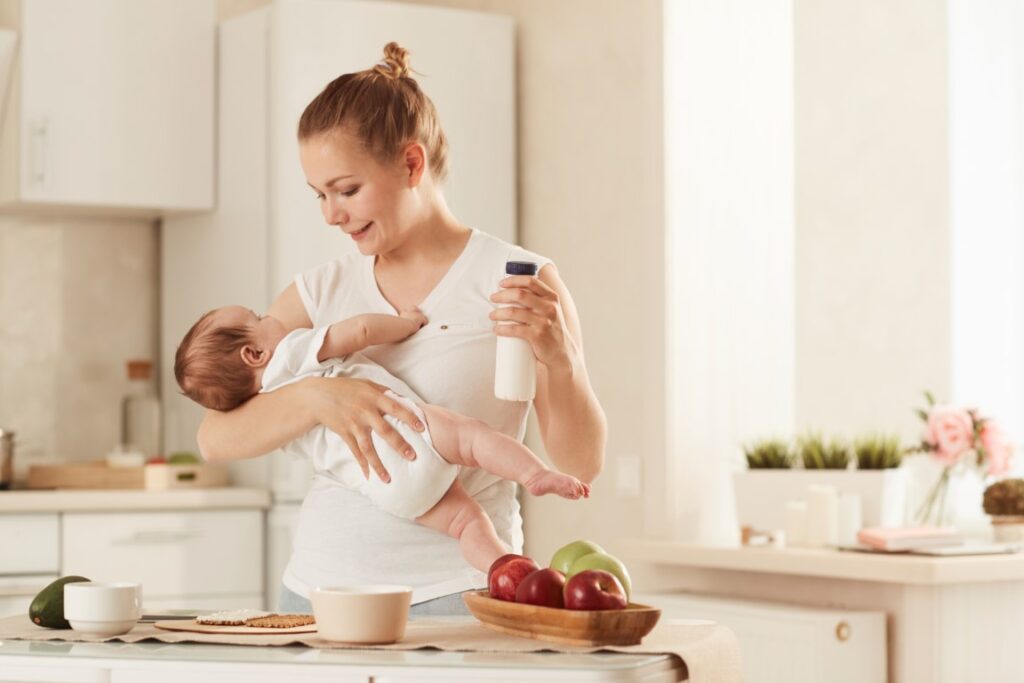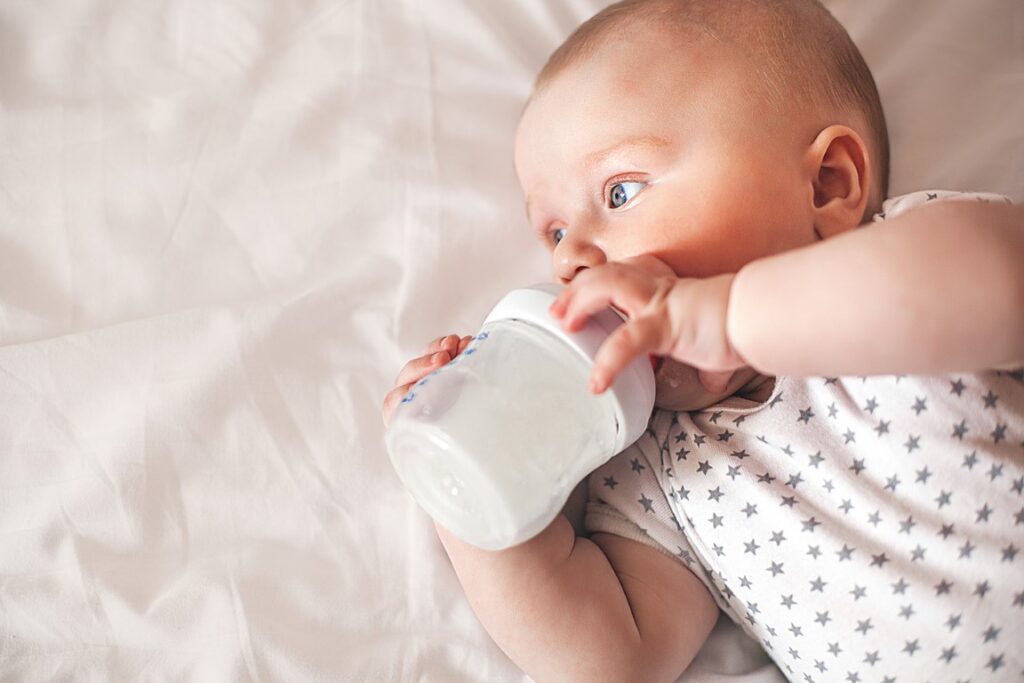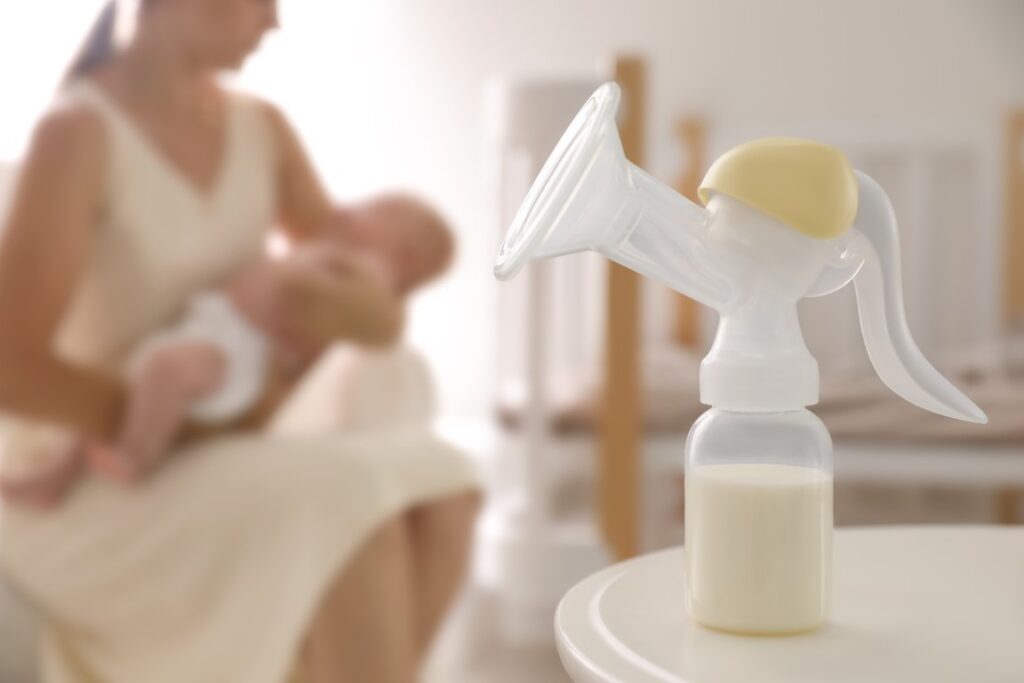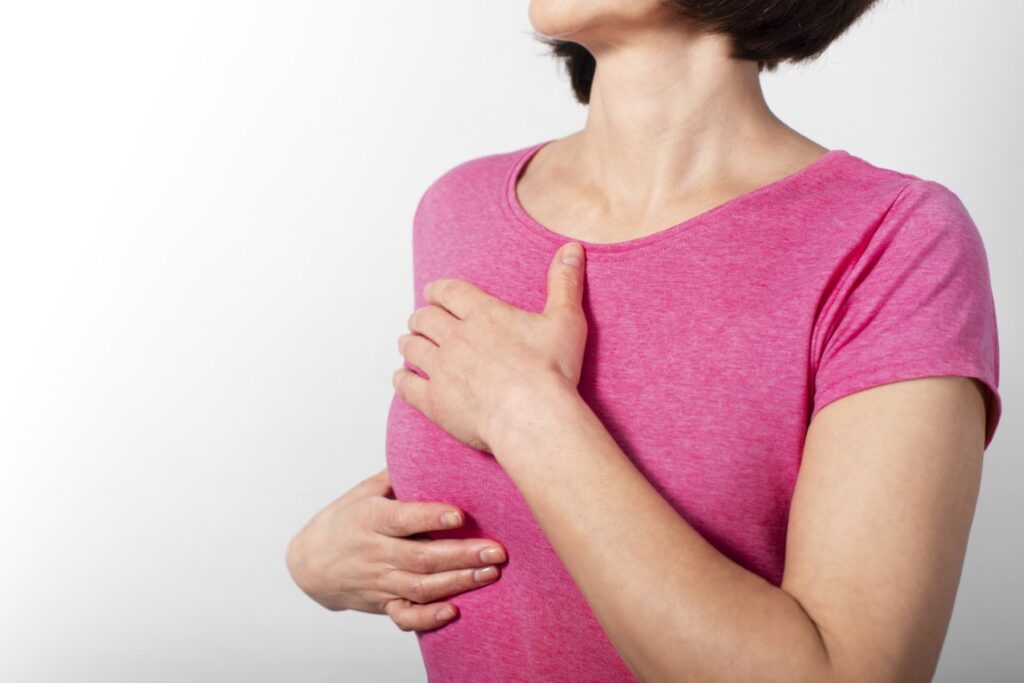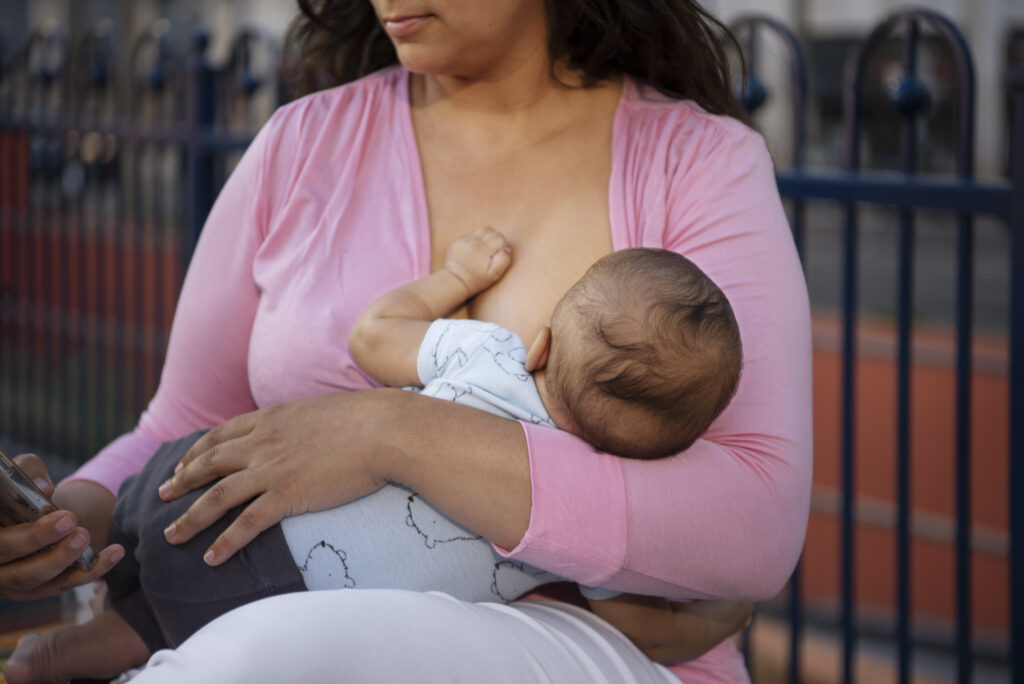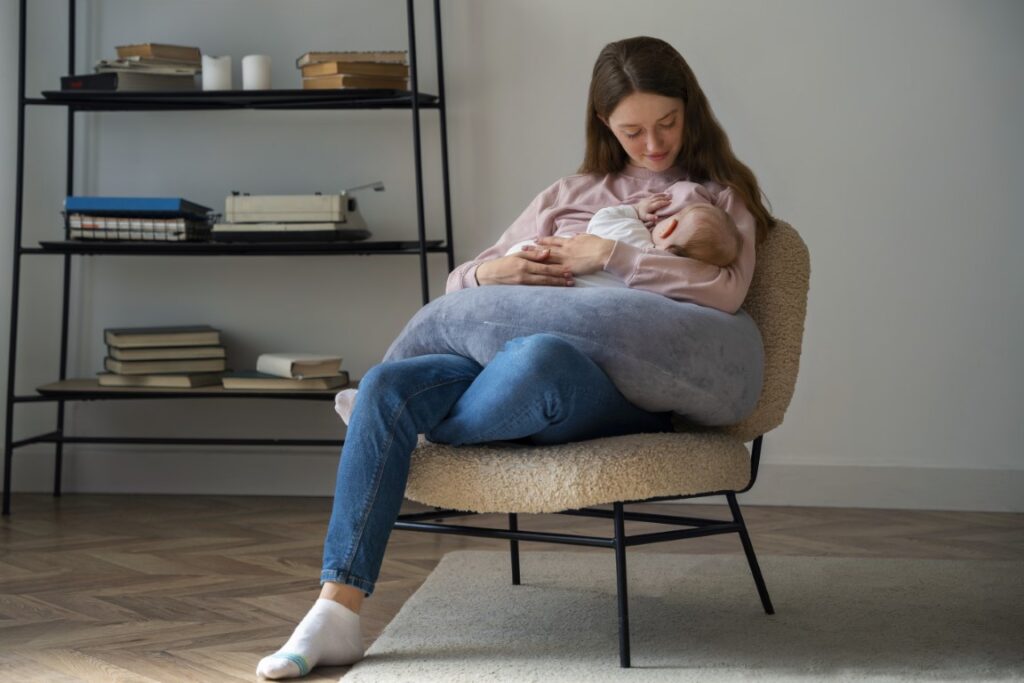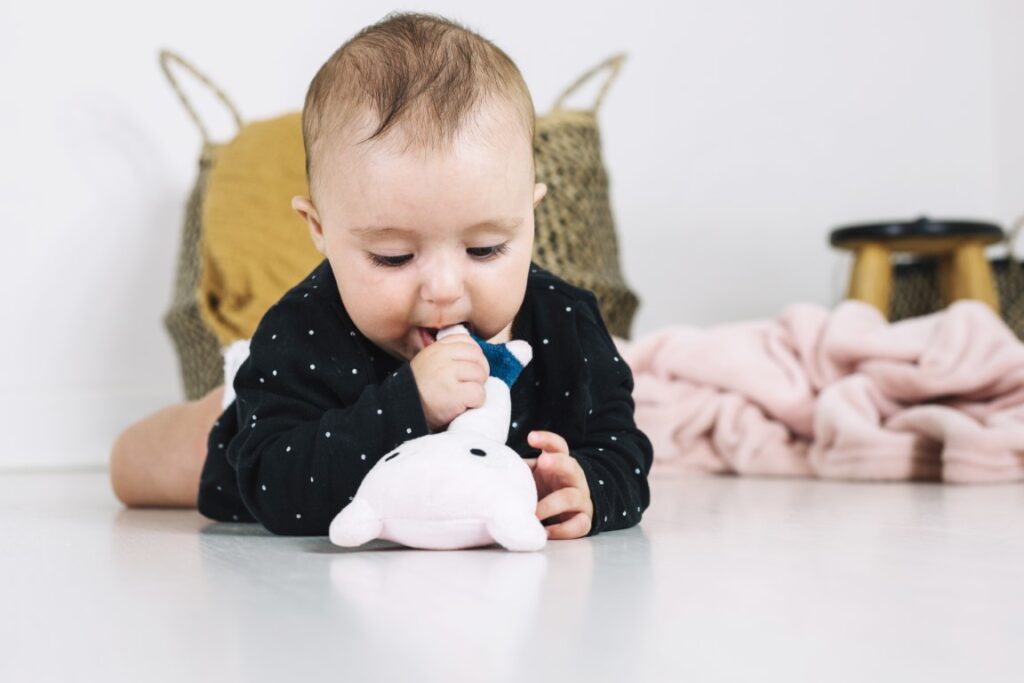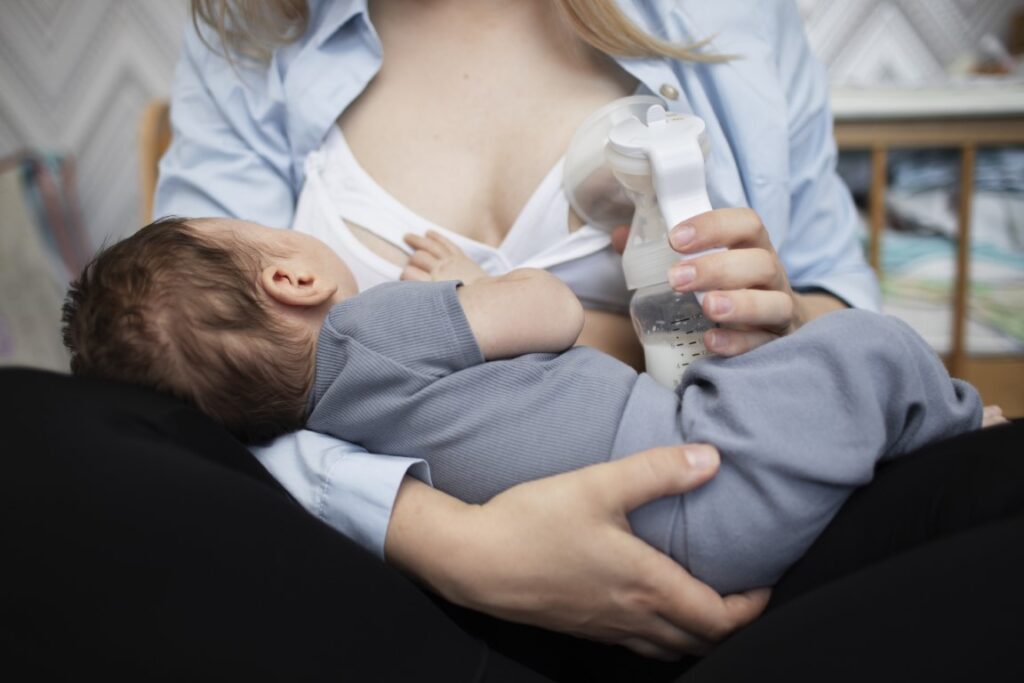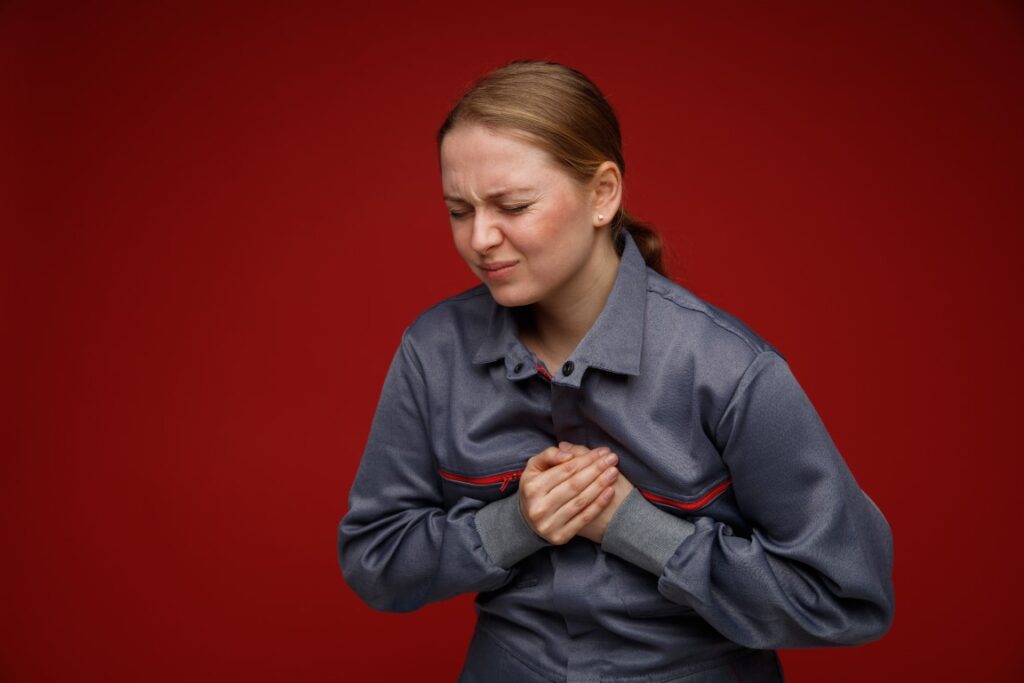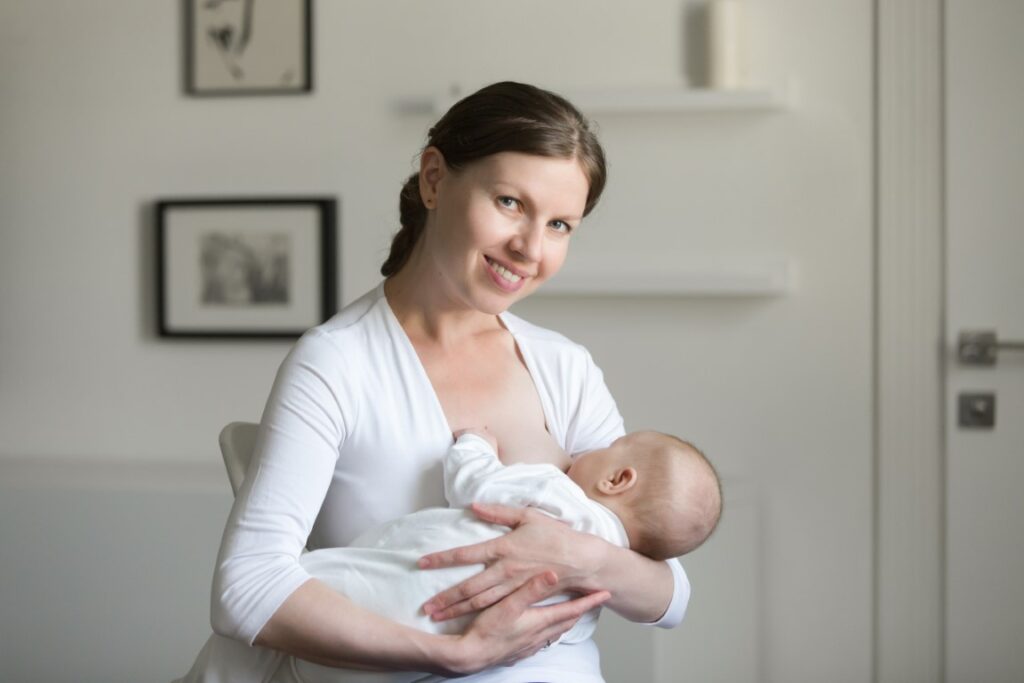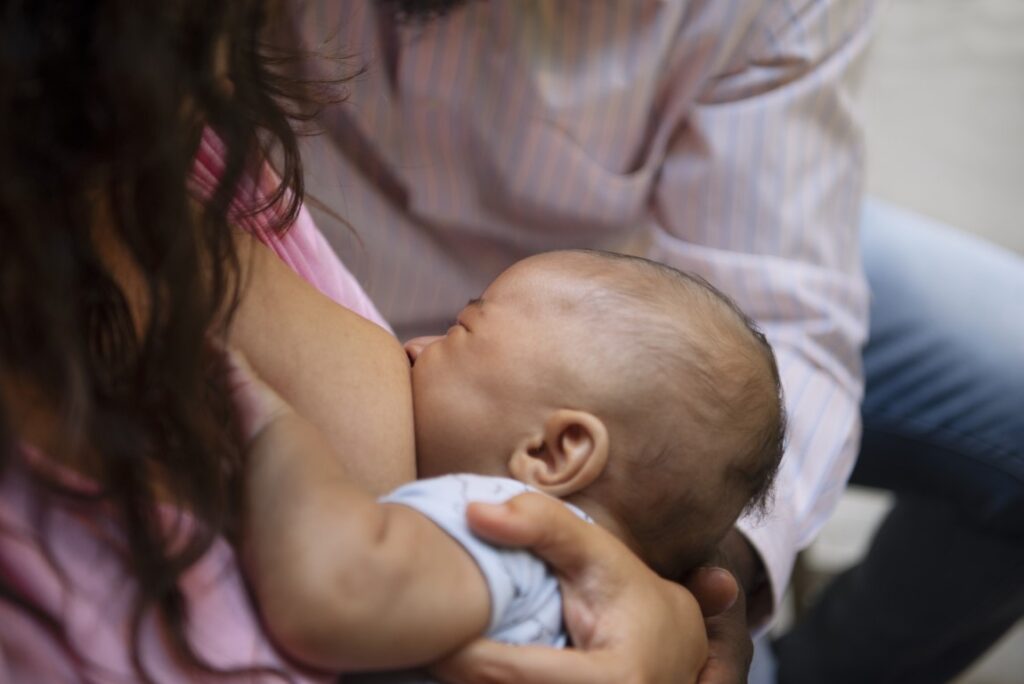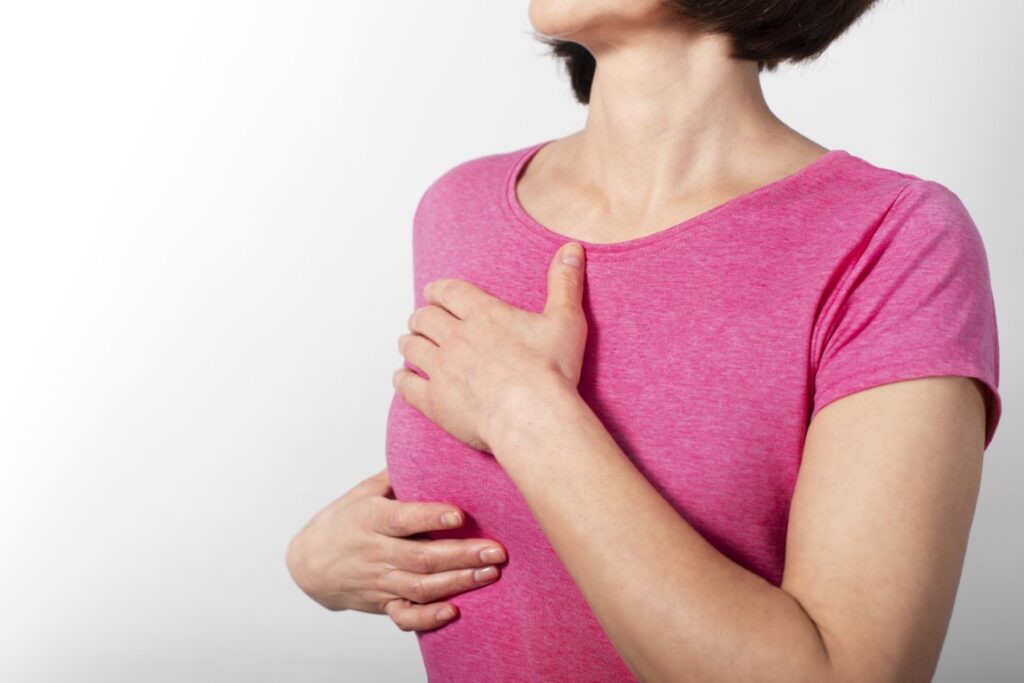Why is burping your baby important?
Every baby swallows air while feeding. This allows air bubbles to get trapped in their tiny stomachs. These air bubbles cause discomfort or pain if they are not released. By burping, your baby can get rid of some of the air bubbles and gas and ease the discomfort. Hence, you must burp your baby during or after each feeding.
When should I burp my baby?
There are no set guidelines for when to burp your baby; some babies require a burp during feeding, and some need it after. Keep an eye out for signs; if your baby appears uneasy when feeding, take a brief burping break. Wait until they have completed eating if they seem OK while doing so.
Have a burp cloth or muslin square on hand in case your baby spits up some milk (this is perfectly normal and nothing to worry about).
Which posture is ideal for burping my baby?
Your baby’s head and neck should be supported, their belly should be straight (not curled up), and their back should be softly rubbed or patted. Burping your baby shouldn’t take long; 15-20 minutes are fine.
Your baby can be burped in a few different ways. Try out all of these and find the one that works best, or try a mix of them:
Over the shoulder
With your shoulder supported and your baby’s chin resting on it, stroke and pat your baby’s back while supporting the head and shoulder region with one hand. It would be beneficial to move around while performing this kind of burp.
On your lap
Place your infant on your lap with their face away from you. Support their chin and jaw with your palm flat on their chest; avoid applying pressure to the throat region. Leaning slightly forward, pat or softly stroke your baby’s back with your free hand.
Slouching on your lap
Lay your infant face down across your lap. Use your free hand to gently massage or stroke your baby’s back while holding their chin up (without putting any pressure on their throat).
What if my baby refuses to burp?
Try laying your baby on their back and giving their stomach a gentle massage. You can also rock your baby back and forth with their legs like they’re riding a bicycle. If these measures don’t relieve your baby’s trapped gas and you see symptoms such as crying, an arched back, bringing legs into the tummy, and clenched fists, consult your baby’s pediatrician.

